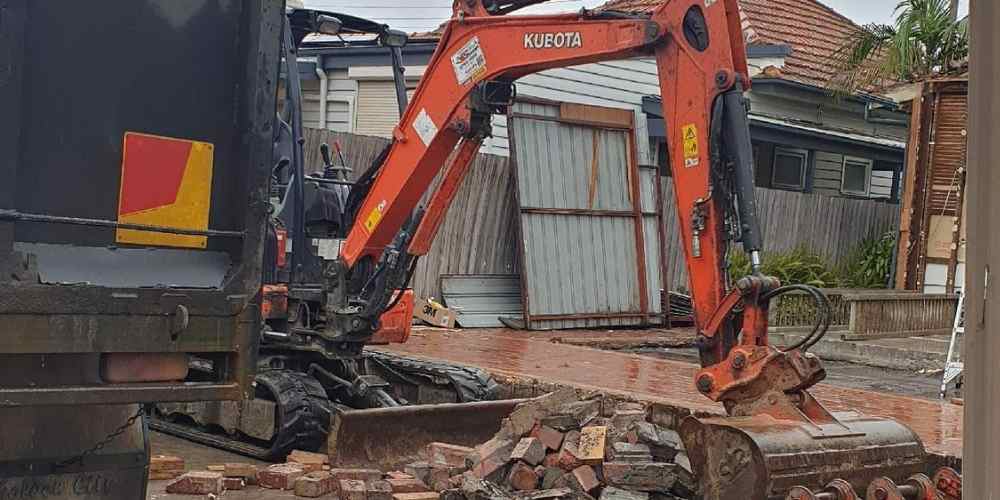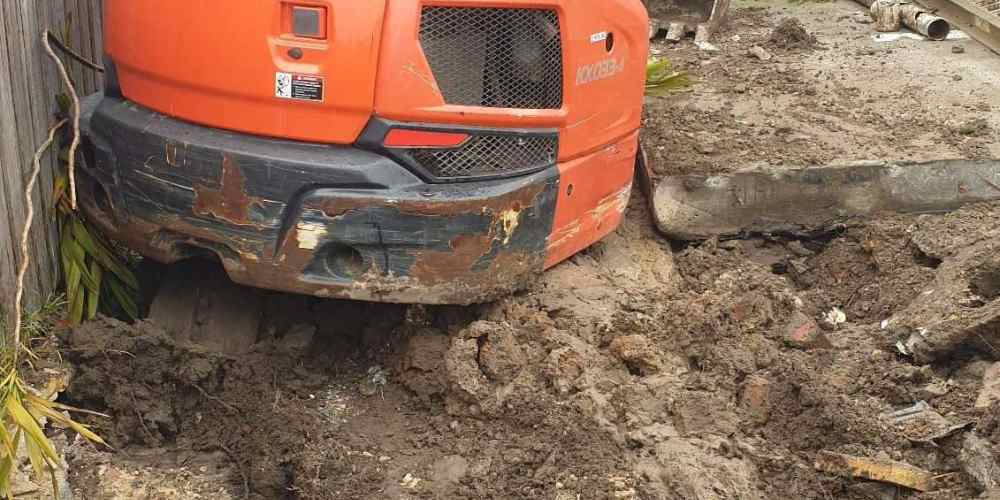11 Different Earthmoving Techniques
The various techniques used in archaeology to dig, uncover, identify, process, and record archaeological remains are known as earthwork methods. The removal of soil, sediment, or rock that covers artefacts or other evidence of human activity is known as archaeological excavation.
When it comes to earthmoving a site, deciding which method is best for you can be difficult. Selecting the incorrect earthmoving method could make the project impossible to complete or even cause damage to underground utilities, costing you money.
There are numerous scenarios in which earthmoving work is necessary, and the variety of tools and vehicles available can be overwhelming. When it comes to deciding which excavation technique is best for you, hire a reputed earthworks contractor.
Early earthmoving methods included destructive random digging and object removal with little or no location data recorded. Modern excavations are characterised by slow, meticulous extraction of sediments in very thin deposits, thorough sifting of sediment samples, and precise calculation and tracking of artefact position. Now, let’s take a look at some different earthmoving techniques.
Bracing Excavation Method
Bracing excavation is the placement of horizontal struts in front of the retaining wall to keep the excavation wall material pressure constant. The wale, strut, centre posts, end braces, and corner braces make up the bracing system. The wale transfers earth pressure to horizontal struts, and the purpose of corner and end braces is to reduce wale span without increasing strut number. Center posts keep struts from collapsing due to their own weight
Rock Excavation
One of the more difficult excavation types is rock excavation, which is the process of clearing rocky terrain and surfaces in preparation for a construction project. Because of the size and hardness of the rocks, conventional equipment like diggers, excavators, and picks are ineffective at breaking up and removing this material.
Depending on the size of the rocks, you may need to use drills or even explosives to penetrate and break up the rock, allowing it to be excavated.
Cofferdam

If the dig is submerged, you could use a cofferdam, which involves erecting sheet metal around the site and then pumping out the water to access the features beneath. Of course, this is prohibitively expensive and is only a viable option if the dig is adequately funded.
Liquid excavation is the removal and usually disposal of liquid from an area. This is typically done on small ponds, lakes, or silos, as well as removing liquid from projects that have accumulated due to inclement weather. Machines such as suction excavators and vacuum trucks are commonly used for this.
Liquid Excavation
Liquid excavation is the removal and usually disposal of liquid from an area. This is typically done on small ponds, lakes, or silos, as well as removing liquid from projects that have accumulated due to inclement weather. Machines such as suction excavators and vacuum trucks are commonly used for this.
Peat Excavation
Peat is formed when partially decayed plant matter is present in marshes and swamps. Peat’s colour varies depending on moisture content and compaction and can range from light yellow-brown to darker brown layers. It is critical to discuss peat because it is unstable and prone to settlement, which means it is unsuitable for roadway foundations.
After excavating the peat, either by displacement or removal, it can be disposed of uniformly between swamp ditch lines, fill slopes, and beyond. When disposal sites are available, other methods may be used.
Borrow
Borrow excavation differs from other types of excavation in that the goal is to relocate the material rather than remove it for another project. Sand, gravel, and soil are the most commonly excavated materials, with the intention of mixing them with construction materials like concrete.
Borrowing necessitates not only a method for the initial excavation but also sorting and grading. Depending on the end-use of the borrowed material, the most efficient equipment for this excavation type can range from suction excavators to dump trucks.
Muck Excavation
Muck excavation is the removal of material containing an excess of water and undesirable soil. The percentage of water in it determines its consistency. Muck is rarely used in embankments due to its lack of load stability. Water can be removed by spreading muck over a large area and allowing it to dry, changing soil properties, or stabilising muck with another material, thereby reducing the water content.
Island Excavation Methods
To create a slope, the centre of the excavation area is to be dug, and excavated material placed close to the retaining wall. Following that, the majority of the structure would be built in the excavation’s centre. The sloped soil will then be excavated, and struts between the retaining wall and the main structure will be installed. Finally, the struts will be removed and the remaining structure parts will be built.
When the excavation is too deep, it may be necessary to use an anchored or braced technique to remove the slopes soil material.

Dredging
Dredging entails excavating naturally deposited sediments or man-made debris such as rocks, bottom sediments, construction debris, and refuse, as well as plant or animal matter, from the bottom of shallow seawater or freshwaters. Dredging, in general, entails excavating sediments from the seabed and disposing of them at a different location.
Dredging for peat excavation and maintenance dredging are the two oldest known dredging activities. Dredging is a broad term that encompasses the removal of deposits as well as the cleaning, widening, or deepening of a body of water using a suction or scooping device.
Cut And Fill Excavation
Cut and fill is a method of constructing a railway, road, or canal in which the amount of material extracted from cuts roughly matches the amount of fill required to build nearby embankments, thus reducing construction labour.
Bringing in the earth will be required in various sections of a roadway design. Other sections will necessitate the removal of the earth. Earth that is brought in is referred to as Fill, whereas earth that is removed is referred to as Cut. Designers typically create Cut and Fill Diagrams, which depict the cut or fill present at any given location.
Channel
Sediments and other materials can quickly accumulate in channels and bodies of flowing water. The purpose of channel excavation is to remove accumulated sediment and other materials in order to help control water flow and reduce the risk of flooding. Because the size of the channel varies from job to job, the amount of sediment to remove and the most cost-effective method of doing so also varies.
Conclusion
Earthmoving is an important part of the site preparation process because it can make or break the stability of your future structure. First and foremost. Do not start any excavation work until you have a clear map of all underground utilities, such as cables and pipes. Mark the services and make sure that everyone on the excavation team is aware of their location. In addition, conduct a soil test and a site evaluation. With this knowledge, you’ll be able to select methods and safety precautions that are appropriate for your excavation project.
